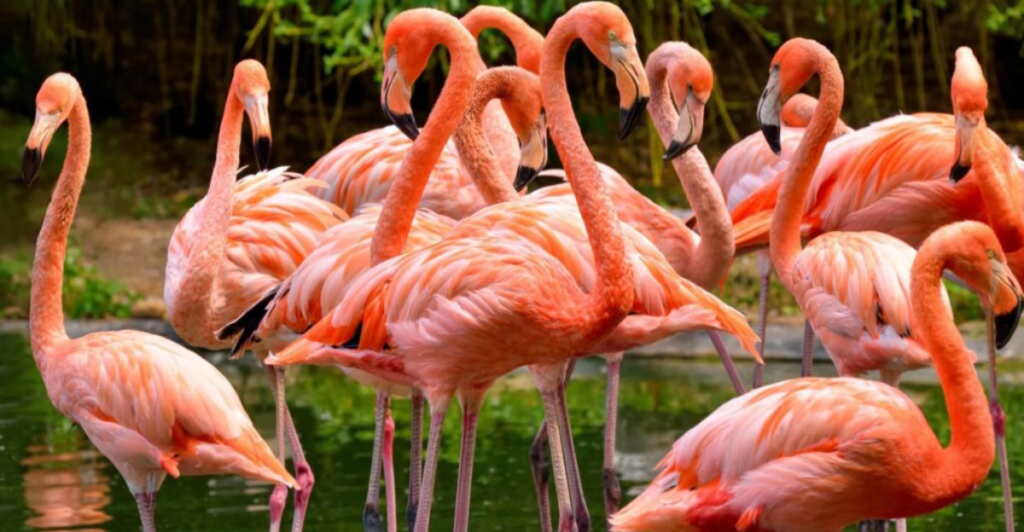
Flamingos, the iconic wading birds known for their vibrant pink feathers, have increasingly been spotted across the United States in recent years. Traditionally associated with warmer climates like South America and Africa, flamingos’ presence in U.S. states is becoming more common. This shift raises intriguing questions about their migration patterns, environmental changes, and the conditions allowing them to thrive in new habitats, especially along coastal regions of the Gulf of Mexico and beyond.
A Global Overview of Flamingos
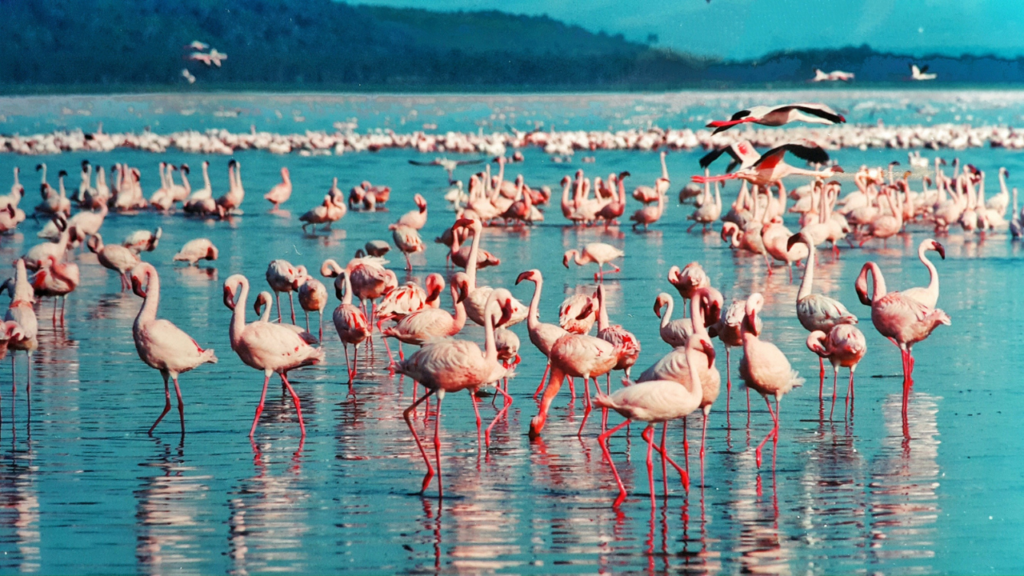
Flamingos are found in Africa, Asia, the Americas, and Europe. They are classified into six species, with the American flamingo being the one most commonly found in the U.S. These birds are easily identifiable by their long, slender necks and unique feeding habits. Traditionally, flamingos have preferred warm, tropical climates, but changing environmental factors have led them to expand their range, with more frequent sightings in the southern U.S.
Flamingo Habitat Preferences
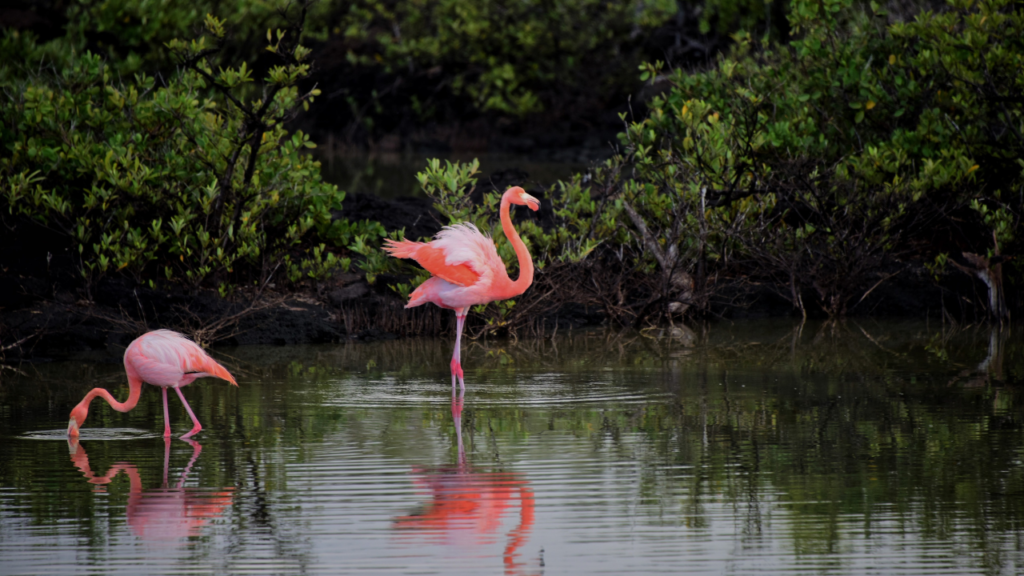
Flamingos thrive in saline and alkaline lakes, mudflats, and estuaries, where they can forage for food. The ideal habitat includes shallow waters with abundant algae, brine flies, and small crustaceans. In the U.S., this environment is commonly found along coastal regions, especially in Florida, Texas, and parts of California. As these coastal areas continue to provide suitable living conditions, more flamingos are being drawn to U.S. shores.
Climate Change and Flamingo Migration
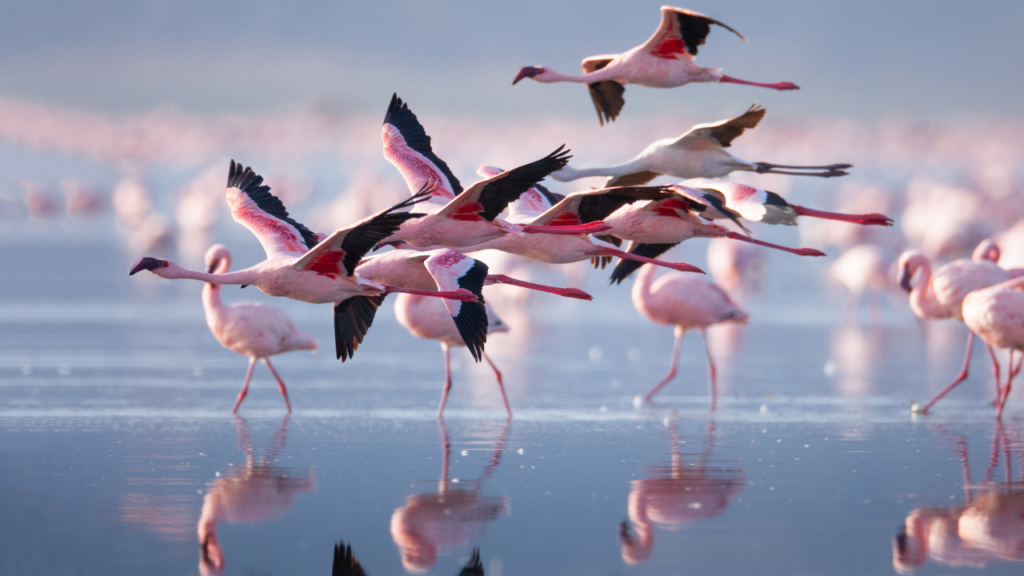
Climate change has significantly impacted global weather patterns, leading to warmer temperatures, rising sea levels, and altered rainfall patterns. These changes have affected the migration patterns of many species, including flamingos. Warmer temperatures in the southern U.S. have created favorable conditions for flamingos to settle, extending their range into previously too-cold areas for them to inhabit. This shift is an example of how climate change can influence animal behavior.
The Role of Wetlands in Flamingo Expansion

Wetlands are essential to flamingo populations, providing food, shelter, and breeding grounds. As human efforts to conserve and restore wetland areas in the U.S. continue, these environments become more conducive to flamingo habitation. Wetland restoration projects, particularly in the Gulf Coast and other coastal regions, have helped create the ideal conditions for flamingos to flourish, allowing them to establish new habitats and thrive in previously uninhabited areas.
Flamingos and Coastal Restoration Projects

Coastal restoration projects in the U.S. have aimed to rebuild eroded shorelines and preserve natural habitats for wildlife and humans. Flamingos are among the species benefiting from these initiatives, as they rely on these coastal wetlands for feeding and nesting. Programs focused on preserving the integrity of these ecosystems have made it possible for flamingos to expand their territory in the U.S., contributing to their increasing presence in the region.
The Impact of Human Activity on Flamingos

Human activities, such as urban development, agriculture, and pollution, have historically disrupted flamingo habitats. However, as conservation efforts improve and policies around land protection strengthen, flamingos are finding new places to settle. The preservation of wetlands and stricter environmental regulations offer flamingos safer environments to live and breed. These efforts have allowed flamingo populations to increase in the U.S. in recent decades.
Flamingo Sightings in Texas
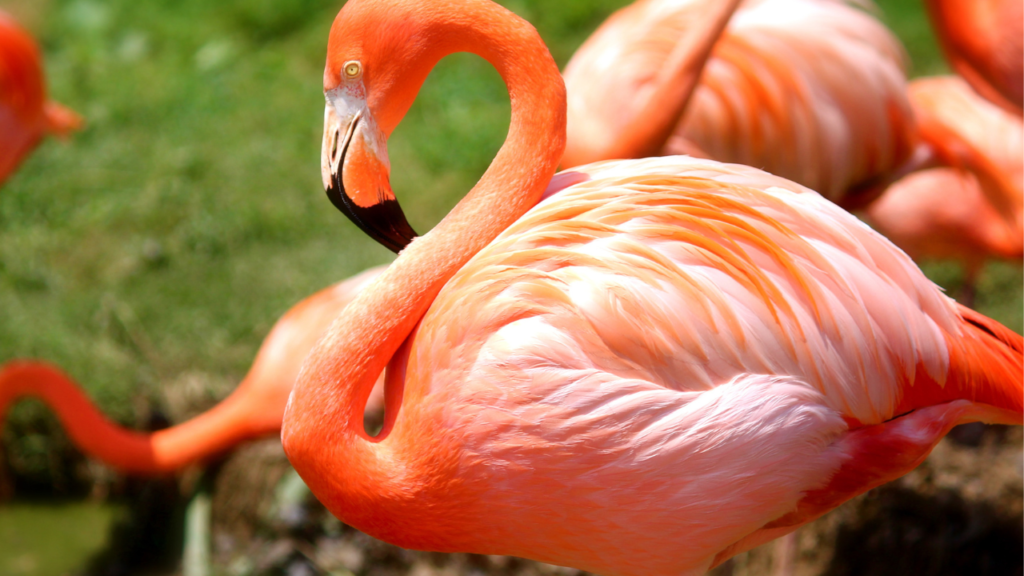
Texas has become a hotspot for flamingo sightings in recent years. The state’s warm climate and extensive coastal marshlands and wetlands have provided an ideal environment for these birds. Flamingos have been spotted in areas like the Texas Gulf Coast, including the Padre Island National Seashore. These sightings highlight the growing number of flamingos in U.S. coastal regions, making Texas an essential location for these migratory birds.
Flamingos in Florida: A Common Sight
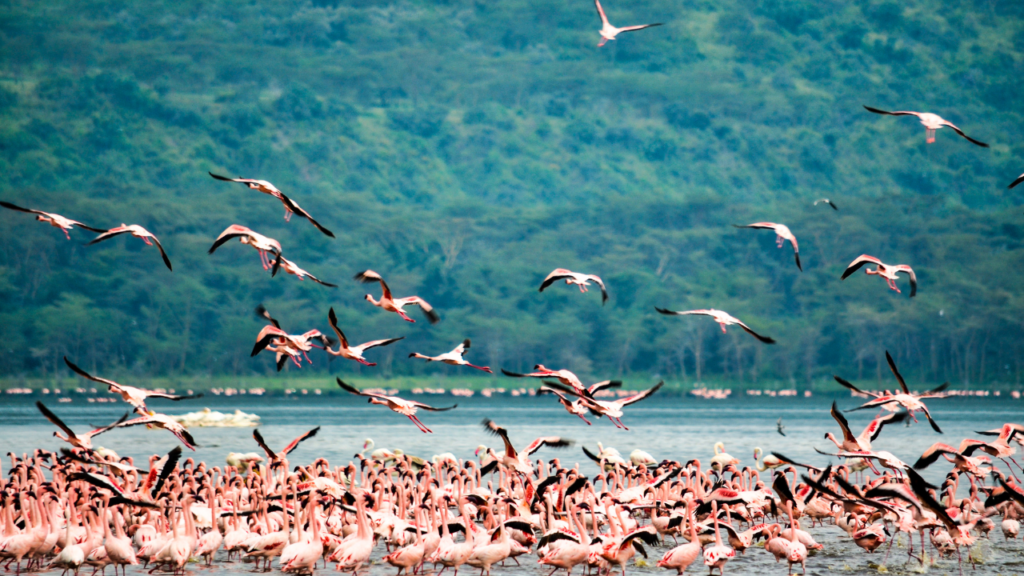
Florida has long been a key habitat for flamingos in the U.S. The state’s coastal and wetland areas provide the perfect environment for these wading birds. While flamingos were once scarce in Florida, their numbers have steadily increased in recent years. The Everglades National Park and surrounding areas are home to many flamingos, attracting birdwatchers and wildlife enthusiasts who marvel at their colorful plumage and graceful presence.
Flamingos in California
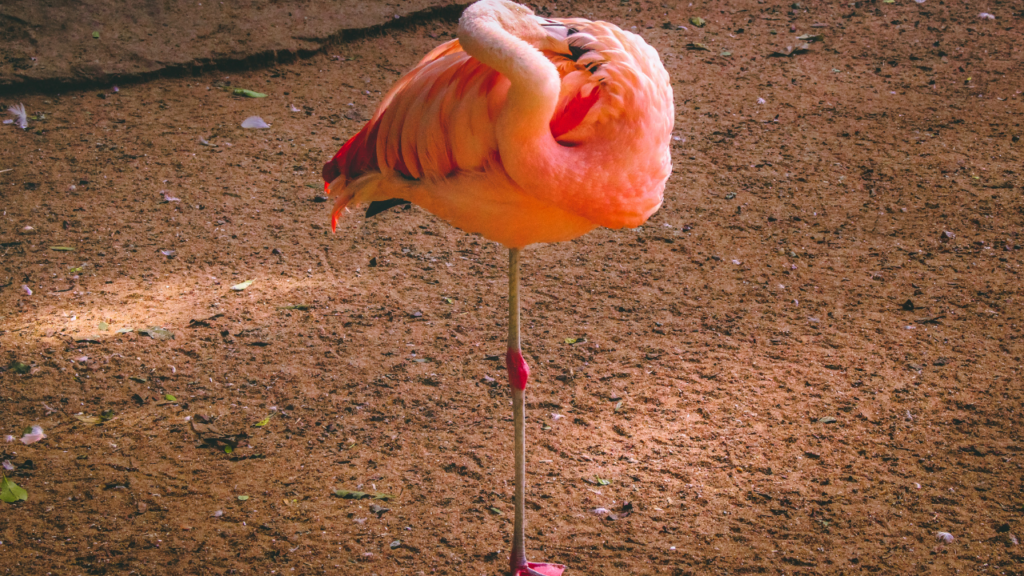
California’s diverse ecosystem, from wetlands to beaches, has also become a home for flamingos. The state’s coastal regions, such as the Salton Sea, have provided suitable habitats for flamingos, particularly during migration seasons. In recent years, sightings of flamingos have increased in California as environmental efforts and habitat restoration projects continue to improve conditions for these birds. California’s warmer climate has made it an increasingly attractive location for flamingos to establish residency.
Flamingo Behavior and Adaptation

Flamingos are highly adaptable birds, capable of adjusting their behavior to new environments. When they migrate or establish new habitats, they alter their feeding patterns to match the food availability in the area. Flamingos feed by filtering water through their bills, using their specialized beaks to catch algae and small aquatic creatures. Their ability to adapt to changing environments and find food sources has allowed them to thrive in new areas like the U.S.
Ecological Importance of Flamingos
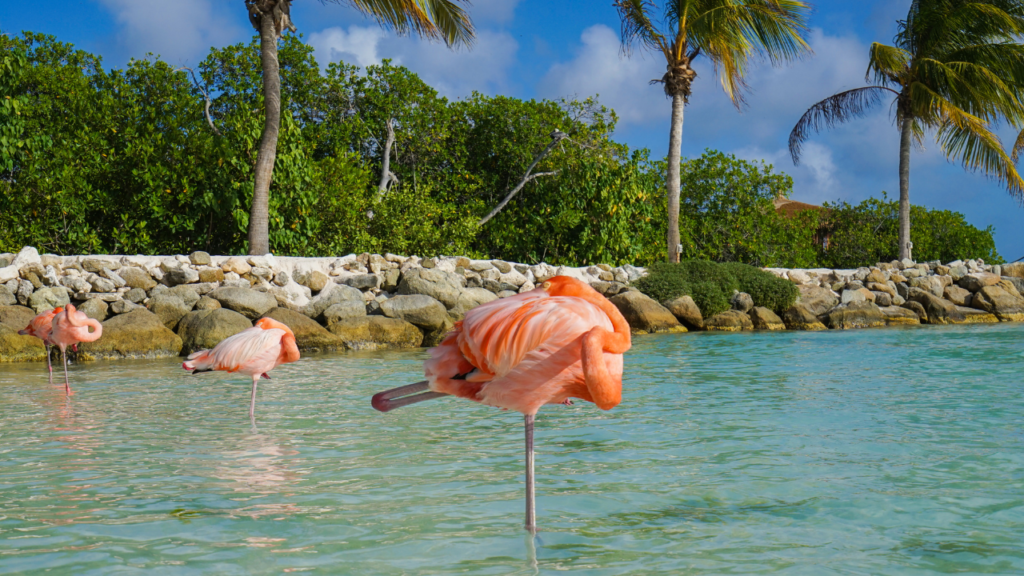
Flamingos play an essential role in their ecosystems. As filter feeders, they help maintain the balance of aquatic ecosystems by removing excess algae and tiny organisms from the water. This contributes to the health of wetland environments, which supports various other species. By inhabiting areas like U.S. coastal regions, flamingos help maintain ecological balance and contribute to the overall health of local ecosystems, benefiting both wildlife and human populations.
The Future of Flamingos in the U.S.
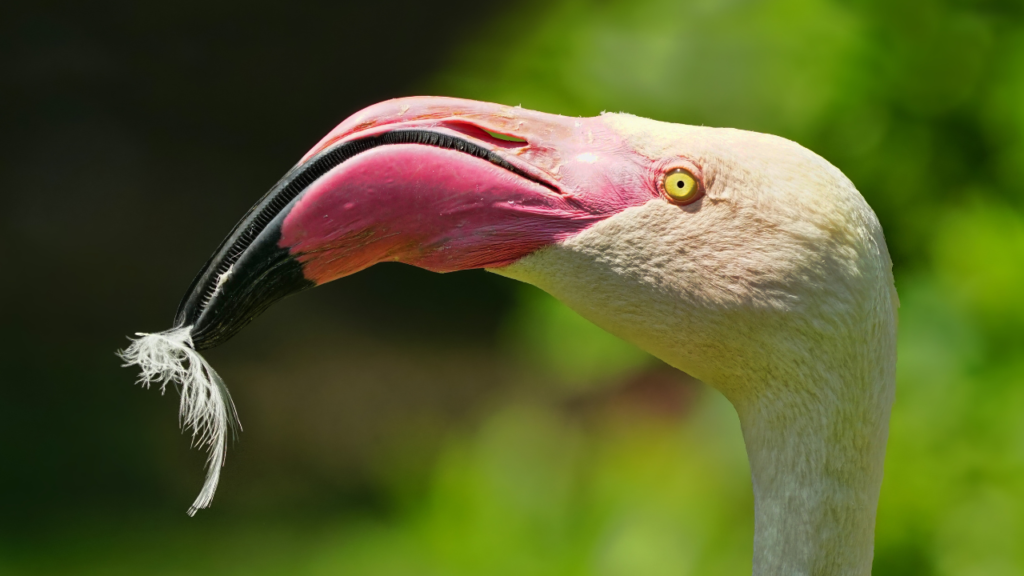
The increasing presence of flamingos in the U.S. reflects broader changes in environmental conditions and conservation efforts. Flamingos will likely become even more common in coastal and wetland areas as climate change and habitat restoration continue to shape ecosystems. With continued protection and awareness, these iconic birds can continue to thrive in the U.S., allowing future generations to enjoy their beauty and the benefits they bring to local ecosystems.
Discover more of our trending stories and follow us to keep them appearing in your feed

Philanthropist Promises To Cover $771.23M Annually After US Exit From Climate Accords
California Is Breaking Apart: A Fault Line Is Forming Faster Than Anyone Predicted
Rescue Efforts in Full Swing as Animals Face Wildfire Threats in California
Scientists Are Bringing Back The Wooly Mammoth
This article first appeared here
Stay connected with us for more stories like this! Follow us to get the latest updates or hit the Follow button at the top of this article, and let us know what you think by leaving your feedback below. We’d love to hear from you!







